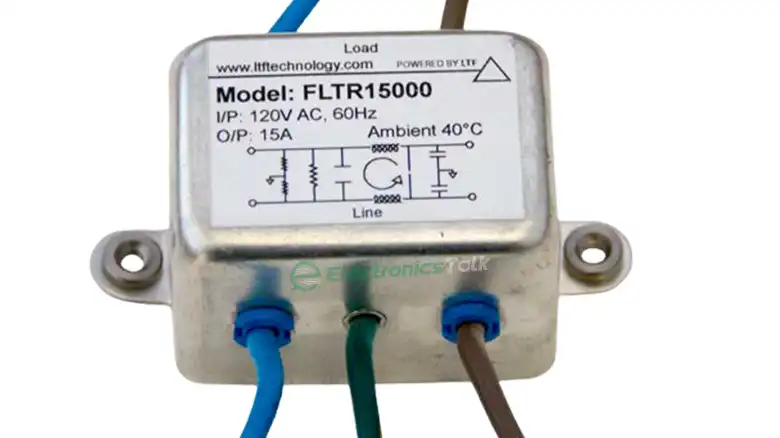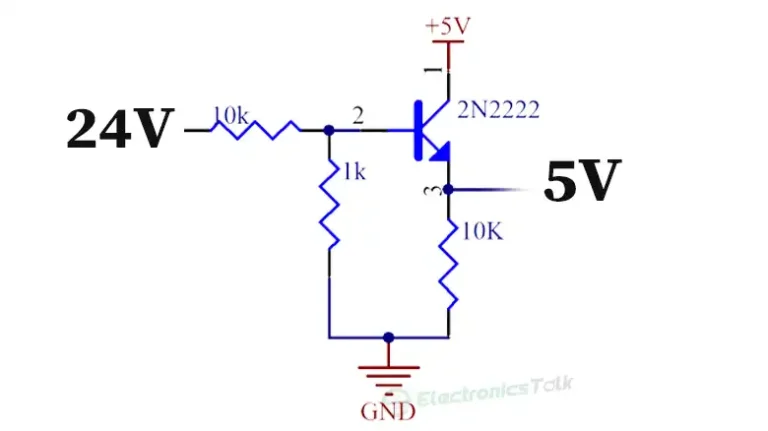How Do You Filter a 4 20mA Signal? Enhancing Accuracy and Reliability
The 4-20mA signal is a common way to send analog data from sensors to control systems in the realm of industrial automation and process control. This sturdy and dependable current loop standard is preferred for its resilience to noise and its capacity to travel over great distances without noticeably degrading the signal.
The 4-20mA signal must frequently be filtered, nonetheless, to guarantee the data’s quality and dependability. The purpose of signal filtering, the techniques used, and the significance of effective filtration in industrial applications will all be covered in this article.

Methods of Filtering a 4-20mA Signal
Filtering a 4-20mA signal is crucial for removing high-frequency noise and taming fluctuations in raw sensor data. It helps eliminate noise and jitter, improving measurement accuracy and ensuring precise control and monitoring.
A 4-20mA signal may be filtered using a variety of techniques, each of which has benefits and drawbacks. The particular application and the properties of the signal to be screened will determine which approach is best. Here are a few typical filtering methods:
1. Low-Pass Filtering
Function: Low-pass filters attenuate high-frequency components while allowing low-frequency sounds to flow through. For eliminating high-frequency noise, this is perfect.
Components: Active filters are often constructed using operational amplifiers, whereas RC filters use resistors and capacitors.
Pros: Noise reduction may be done efficiently and effectively.
Cons: Might cause a phase delay.
2. Moving Average Filtering
This technique smooths out variances by calculating the signal’s average value over a predetermined window of data points. Easily accomplished with digital signal processors or microcontrollers. It is excellent in lowering erratic noise and signal jitter. However, little success in preventing systematic mistakes.
3. Kalman Filtering
Function: In more advanced adaptive algorithms called Kalman filters, the real value of a signal is estimated by taking into account both the current measurement and a forecast based on the prior estimate.
Implementation: Uses more processing power and is frequently used in sophisticated control and navigation systems.
Pros: Managing dynamic systems with varying noise characteristics effectively.
Cons: greater complexity in the implementation.
4. FIR and IIR Filters
The digital filters Finite Impulse Response (FIR) and Infinite Impulse Response (IIR) have coefficients that may be adjusted to meet different filtering needs. It is implemented utilizing DSPs or microcontrollers in software. It can be highly customized for a variety of applications, but it could need a lot of processing power.
Importance of Proper Signal Filtering
The integrity of industrial processes and the security of tools and persons depend on the proper filtering of a 4-20 mA signal. In important applications, inaccurate or noisy data can create safety risks, poor product quality, and wrong judgments.
Effective filtering can also prolong the life of sensors and equipment by minimizing damage brought on by irrational modifications or abrupt changes in control settings.
Frequently Asked Questions and Answers [FAQs]
How do you measure 4 to 20 mA signals without breaking the loop?
To measure a 4-20 mA loop signal with a process clamp meter:
Find the mA signal, then set the mA clamp meter to zero. Check the mA reading; it should be in the range of 4 and 20 mA. To detect the 4 to 20 mA signal, this measuring approach does not interrupt (break) the loop.
What is the resistor for 4-20mA?
The most typical resistor value for this use is 250 since it will create a 1 to 5 Vdc signal when 4-20 mA flows through it, and most DAQ systems and other analog measurement equipment commonly accept a 0 to 5 Vdc input.
Does 4-20mA need shielding?
In general, 4-20 mA circuits are quite noise-resistant. The kind of shielding required depends on the application. Crosstalk between the pairs is prevented by the individually protected twisted pairs, while noise intrusion is prevented by the overall shield.
To Conclude
Filtering a 4-20mA signal is crucial for data accuracy and dependability in industrial automation and control systems. The choice of filtering method should be carefully evaluated based on the application and signal characteristics. The appropriate filtering strategy can enhance the effectiveness and stability of industrial processes, including noise reduction, signal smoothing, and accuracy enhancement.

![[Answered] Do Carbon Resistors Go Bad?](https://www.electronicstalk.org/wp-content/uploads/2023/09/Do-Carbon-Resistors-Go-Bad-768x431.webp)

![[Explained] How to Reduce 5V to 4V Using Resistor?](https://www.electronicstalk.org/wp-content/uploads/2023/10/How-to-Reduce-5V-to-4V-Using-Resistor-768x431.webp)
![[Explained] Can Resistors Change Value Over Time?](https://www.electronicstalk.org/wp-content/uploads/2023/08/Can-Resistors-Change-Value-Over-Time-768x431.webp)
![[Answered] Do I Need a Resistor for a Laser Diode?](https://www.electronicstalk.org/wp-content/uploads/2023/09/Do-I-Need-a-Resistor-for-a-Laser-Diode-768x431.webp)
![[10 Methods] How Do I Know if My Op Amp Is Unity Gain Stable?](https://www.electronicstalk.org/wp-content/uploads/2023/09/How-Do-I-Know-if-My-Op-Amp-Is-Unity-Gain-Stable-768x431.webp)